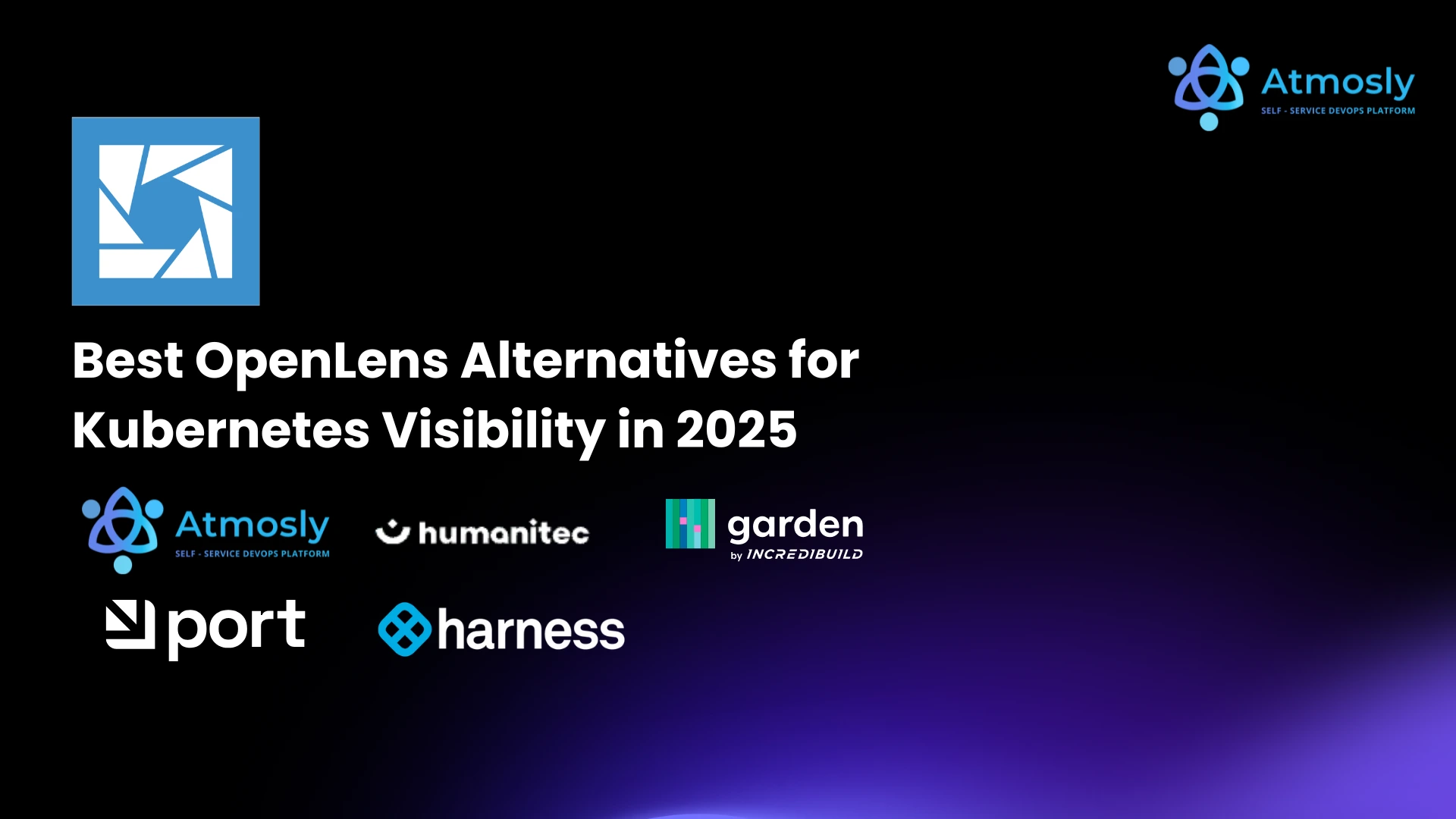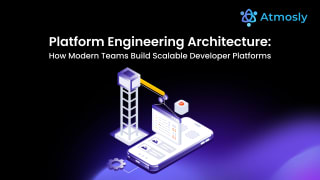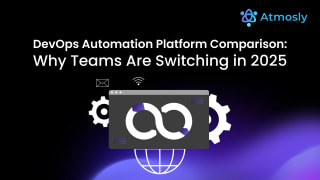Introduction
OpenLens has gained popularity as an open-source Kubernetes IDE, providing developers and operators with real-time visibility into their clusters. However, as infrastructure scales and platform teams expand, many organizations find OpenLens to be limiting for advanced use cases, such as GitOps integration, environment automation, and developer self-service.
If you're searching for the best OpenLens alternatives in 2025 tools that go beyond visual dashboards and provide actionable automation, security, and platform engineering capabilities this article is for you.
We’ll explore five modern tools that combine Kubernetes visibility with control, automation, and scale.
Why Look Beyond OpenLens?
OpenLens is effective for cluster-level insights, but it lacks:
- GitOps-native automation and rollback
- Multi-environment provisioning (e.g. dev, staging, QA)
- Secrets management and policy enforcement
- Workflow automation for developers
- Platform engineering support (golden paths, IDPs)
That’s where modern DevOps platforms come in combining observability with actionability.
1. Atmosly
Best for: GitOps-native Kubernetes automation, workflow visibility, and self-service enablement.
Atmosly offers far more than just cluster visualization. It allows platform and DevOps teams to define reusable workflows, provision dynamic environments, and monitor CI/CD pipelines complete with drift detection, rollback, and secrets management.
Think of Atmosly as Kubernetes visibility + developer experience + infrastructure automation.
Key Features:
- GitOps-based deployment tracking with rollback
- Visual workflow dashboards and approval flows
- Built-in secrets manager with RBAC
- Real-time status of environments and pipeline execution
- Support for golden paths and platform engineering
Why Atmosly better than OpenLens:
- Adds pipeline automation and security to Kubernetes visibility
- Built for platform teams and developer-first enablement
- Not just observability real automation built-in
2. Humanitec
Best for: API-driven Kubernetes resource orchestration and platform control planes.
Humanitec enables platform teams to abstract Kubernetes resources and environments via clean APIs while maintaining full auditability and real-time visibility into workload provisioning and service states.
Key Features:
- Dynamic environment orchestration
- Kubernetes workload abstraction via API
- Real-time visibility into resource status and dependencies
- Native integration with CI/CD and cloud tools
Why it’s better than OpenLens:
- Abstracts infra for platform teams and developers
- Visual insight into workloads and environments, not just clusters
- Ideal for teams building internal developer platforms
3. Port
Best for: Building developer portals with real-time Kubernetes workflow monitoring.
Port allows platform teams to model and surface infrastructure metadata via customizable developer-facing portals. It connects to Kubernetes clusters, GitOps workflows, and automation triggers to give teams actionable insight.
Key Features:
- Developer UI with workflow status visualization
- Kubernetes metadata modeling and discovery
- GitOps integration with custom blueprints
- RBAC, audit logs, and custom automations
Why it’s better than OpenLens:
- Visualizes infrastructure + workflow triggers
- Tailored for developer experience, not infra admins
- Turns visibility into self-service and automation
4. Harness
Best for: Observability-driven Kubernetes deployments with progressive delivery.
Harness isn’t just for CI/CD it gives DevOps teams deep insight into Kubernetes deployment health, anomaly detection, rollback signals, and performance.
Key Features:
- Canary, blue-green, and rolling Kubernetes deployments
- Real-time monitoring of deployments and services
- Continuous verification and health metrics
- Built-in observability for rollback and optimization
Why it’s better than OpenLens:
- Delivers visibility + action through automation
- Reduces deployment risk via automated verification
- Combines monitoring with delivery, not just cluster viewing
5. Garden
Best for: Developers working in Kubernetes with visibility across services, tests, and environments.
The Garden focuses on improving visibility and automation during the development and testing cycle in Kubernetes. It orchestrates services and tests while offering visibility into what’s running, what’s being built, and what’s failing, right from local development to shared clusters.
Key Features:
- Kubernetes service graph with live status
- Test orchestration with dependency maps
- Visual logs, metrics, and environment state tracking
- Local-first visibility + Kubernetes-native feedback loops
Why it’s better than OpenLens:
- Offers live insight into CI/test feedback loops
- Helps developers understand app state, not just clusters
- Dev-centric visibility with actionable debugging
Final Comparison
Tool | Best For |
| Atmosly | Workflow visibility, GitOps automation, developer self-serve |
| Humanitec | Dynamic resource orchestration and platform APIs |
| Port | Visual portals and GitOps workflow tracking |
| Harness | Observability + Kubernetes delivery automation |
| Garden | Dev/test visibility in Kubernetes with feedback loops |
Conclusion
OpenLens is great for viewing clusters. But if your goal is to manage environments, trigger workflows, or enable developers to move faster it's not enough.
Modern DevOps platforms like Atmosly, Humanitec, Port, Harness, and Garden bring Kubernetes visibility together with automation, security, and self-service. They help you scale not just your infrastructure but your developer experience and delivery velocity.
Ready to Go Beyond Kubernetes Dashboards?
Atmosly gives you real-time insight, GitOps-native automation, secure environments, and developer workflows all from a single platform.






